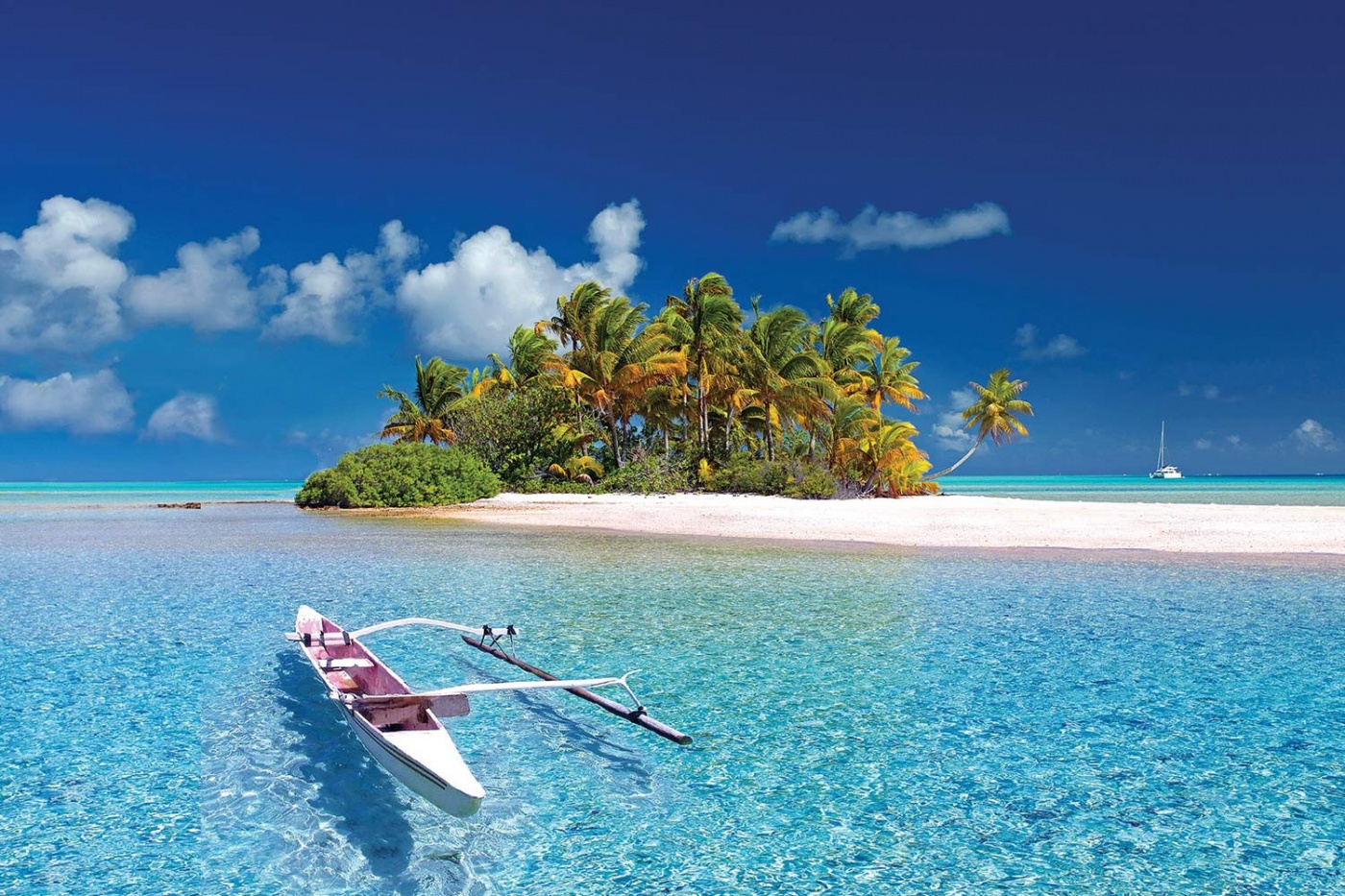5 Remote Islands To Escape The Crowds
Forget the Maldives, Boracay, or Maui. You’ve been there, done that, and you’re aching to get away from the hordes of sunburnt tourists and their obnoxious Hawaiian shirts. Or perhaps you just want to go off the grid and get in touch with your wanderlust spirit. If the idea of being surrounded by exotic flora and fauna sounds more appealing than queuing to visit the Eiffel Tower or Empire State Building, here are 5 remote islands to get far away from the madding crowds.
Easter Island, Chile
Every now and then, you might’ve seen the stone tiki heads and their red scoria stone “hats”, or Easter Island Statues, that have been haunting pop culture over the past few decades. But do you know their origins? Centuries ago, the indigenous Rapa Nui people carved more than 800 of these rock visages that until continued to mystify scientists who still aren’t sure how the Polynesians lifted giant boulders to heights of more than 10 metres. When you’re done ogling at the moai statues, hike up to Mount Terevaka, the island’s peak standing at 600-metres tall for a bird’s-eye view of the Island.
Jan Mayen Island, Norway
An isolated island on the mid-Atlantic ridge, Jan Mayen’s perpetually misty skies resemble the setting of a gothic novel. Getting to the island is an adventure in itself, as Jan Mayen is only accessible by Norwegian military plane or by sea. Nonetheless, its unique geological features make it worth a visit. Beerenberg, the world’s northernmost volcano and by far the most domineering figure on the island’s landscape, is a mountain shrouded in glaciers and makes for unparalleled arctic scenery. Accommodation for visitors is scarce, so you’ll have to bring your own camping equipment to set up camp near a water source. Needless to say, you won’t be able to check your email.
Fernando de Noronha, Brazil
Lying 350 kilometres off the northeastern coast of Brazil, Fernando de Noronha isn’t technically an island but an archipelago of 21 islands. In a bid to preserve its integrity, the authorities limit the number of tourists to 500 a day and visitors are tolled a daily environment preservation tax. A UNESCO World Heritage Site swimming with marine life, the archipelago is dotted with picturesque beaches set against grand limestone formations. Praia do Leão, also known as the lion’s beach, is the pride of Fernando de Noronha’s with its widest assortment of marine species. Spend an afternoon by the shore and catch a glimpse of a dolphin or a sea turtle.
Palawan Island, Philippines
Often passed over for its more popular sisters—Cebu, Luzon, or Boracay, Palawan was ranked by the National Geographic Traveler magazine as the 13th best island in the world. Coloured in verdant turquoise, emerald, and azure hues the island boasts a shopping list of things to do from shopping to dining to nature-loving. Trek through El Nido Marine Reserve, a 230-kilometre stretch north of Puerto Princesa where manta rays and sea cows, or “dugongs,” can be seen bathing off the bay. If you want to get up close and personal with the underwater species, go diving at the Tubbataha Reefs, a UNESCO World Heritage Site and the Philipines’ first national marine park, which boasts glass-like water and a jungle of coral reefs.
Wrangel Island, Russia
Polar bears, Arctic foxes, snow geese, musk oxen, Pacific walruses, and reindeer are just some of the bountiful species that thrive in frosty climates and call Wrangel Island home. Nestled on the Arctic Ocean, the remote island is most famously known for being the last refuge of the wooly mammoths before their extinction some 4 millennia ago. Today, you can still see remnants of bone and fossil of the large mammals littering the landscape. Visiting the tundra is an extremely rare experience; while Wrangel Island is home to over 170 species of birds, only several hundred people have ever set foot on it. The island’s incredible cold makes it a harsh environment for vegetation, and the few flowers that do grow serve as a humbling reminder of the remarkable resilience and adaptability of the natural world around us.




